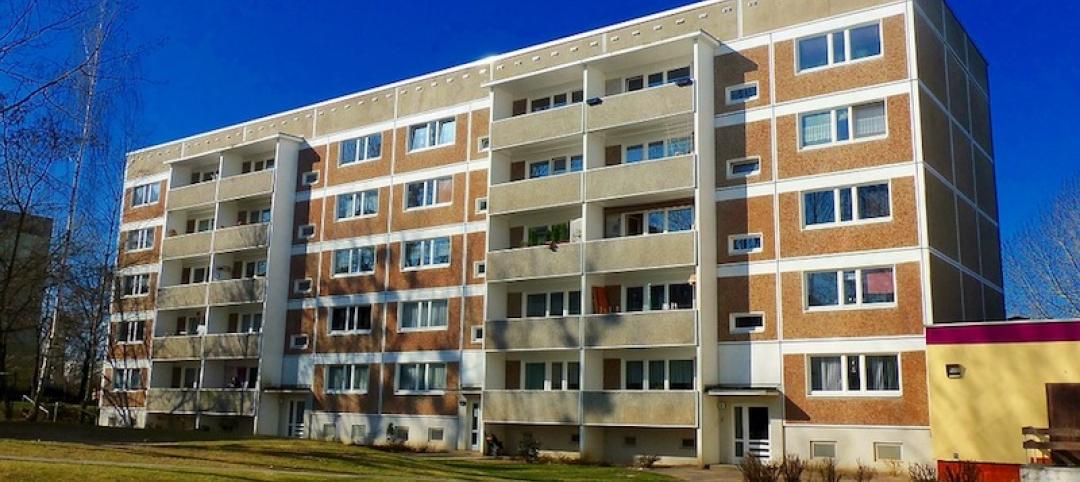A new study that looks at parking in five U.S. cities—New York, Philadelphia, Seattle, Des Moines, and Jackson, Wyoming—quantifies the amount of parking capacity and estimates the cost to communities.
Parking density per acre ranges from about 10 spots in New York to 53.8 in Jackson. The two smaller communities, Des Moines and Jackson, have a lot more parking spots per household—19 and 27 respectively—than the larger, more densely populated cities. By comparison, New York has 0.6 spots per household.
To get a handle on the cost of all that parking, the study includes the cost to replace existing capacity. This cost, when calculated by household, ranges from $6,570 per spot in New York to a whopping $192,138 in Jackson.
“America devotes far too many of its precious resources to parking,” writes Richard Florida in a post at City Lab. He points out that driving seems to be in decline. The share of Seattle households with a car is falling for the first time in at least 40 years, and the percentage of U.S. high school seniors with a driver’s license is down from 85.3% in 1996 to 71.5% in 2015. What’s more, ride-sharing is gaining popularity. Florida argues that some of the space devoted to parking would be better utilized for housing and other uses.
Related Stories
Codes and Standards | Jan 9, 2019
Policymakers need to act to alleviate affordable housing crunch
Moody’s economist says costs including mortgage rates worsening situation.
Codes and Standards | Jan 8, 2019
Pittsburgh launches task force on construction industry fraud
Focus will be on wage violations.
Codes and Standards | Jan 7, 2019
Program uses low-cost sensors to monitor impact of stormwater mitigation systems
University/municipal partnership in Philadelphia aims to improve green infrastructure design.
Codes and Standards | Jan 7, 2019
Washington, D.C., to transition to 100% renewable energy by 2032
Includes measures to reduce emissions from buildings and transportation.
Codes and Standards | Jan 4, 2019
Canada’s National Building Code will include climate change obligations
New durability requirements for new buildings in the works.
Codes and Standards | Jan 4, 2019
LEED v4.1 beta registration begins in January
First releases are O+M, BD+C, and ID+C.
Codes and Standards | Jan 3, 2019
U.S. Appeals Court says general contractors can be cited for subcontractor violations
Ruling will prompt review of OSH decision that said GCs cannot be held liable for subs’ violations.
Codes and Standards | Jan 3, 2019
Tall mass timber code changes receive final approval
New provisions to be included in the 2021 International Building Code.
Codes and Standards | Jan 2, 2019
ASHRAE’s Low-Rise Residential Buildings standard update now available
Performance measures are at least 50% more efficient than 2006 IECC.
Codes and Standards | Jan 2, 2019
Study compares labor hours for various low-slope roofing options
Type of roof covering, project parameters, tool management, and crew efficiency all impact profitability.

















